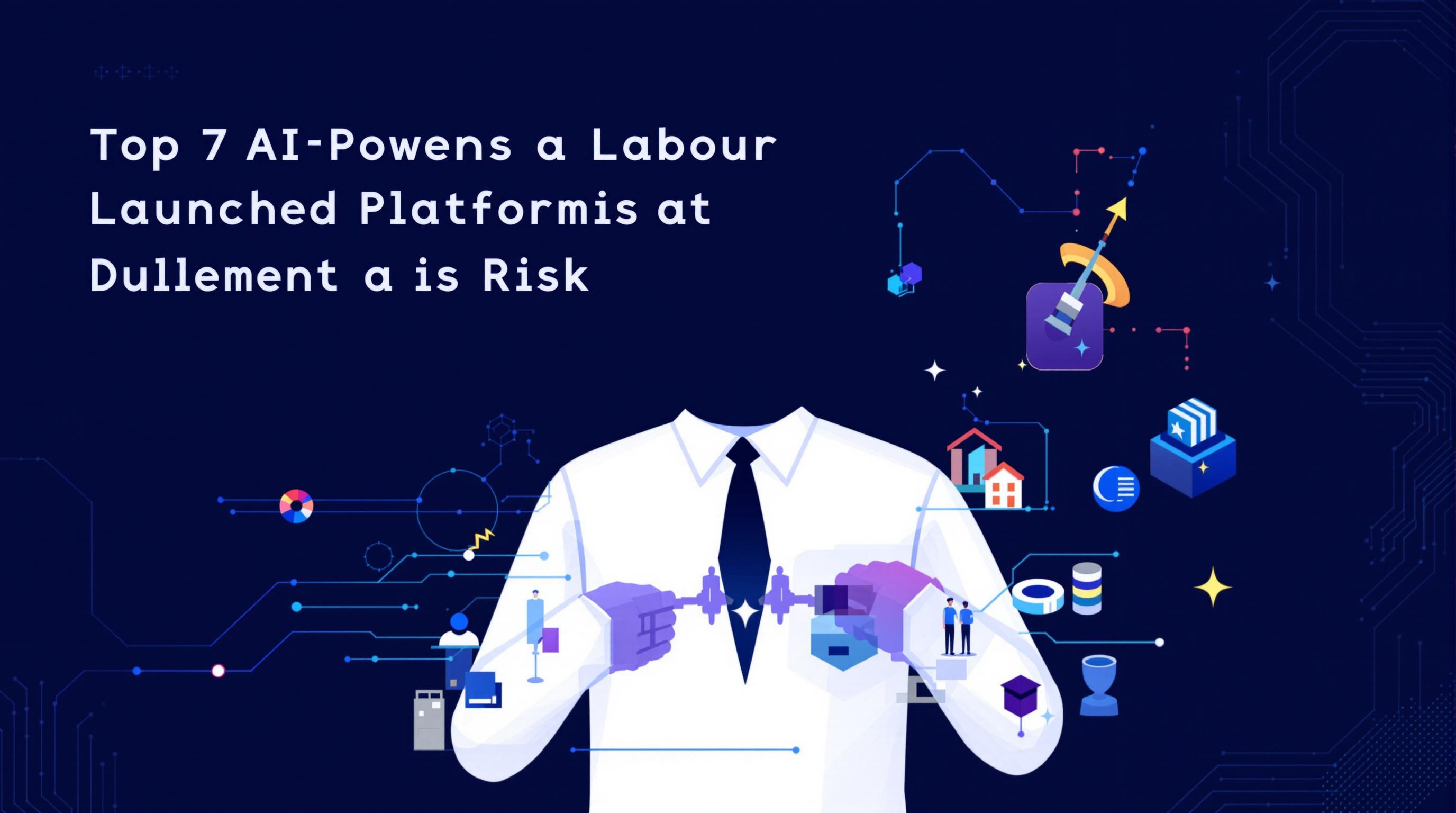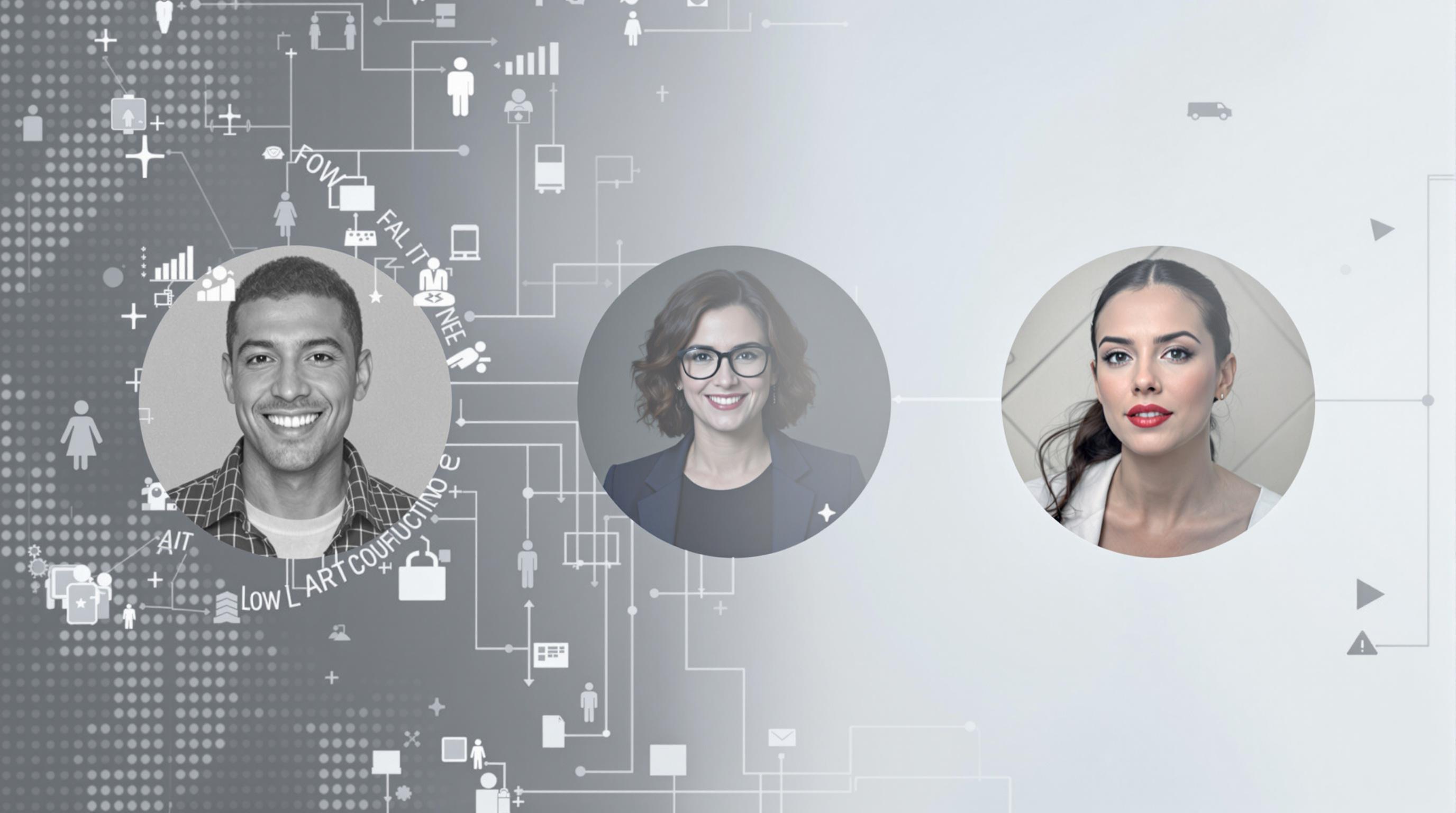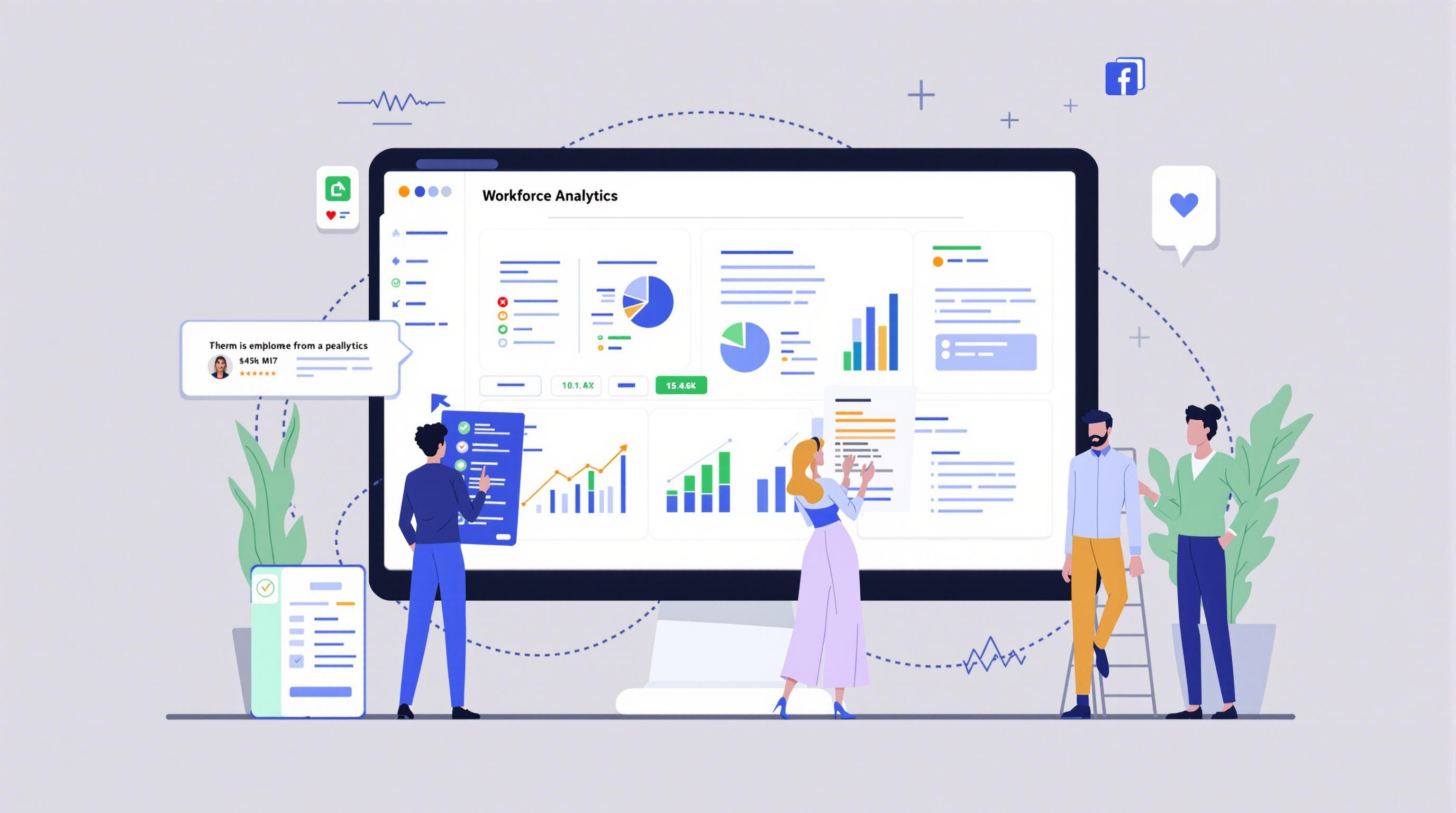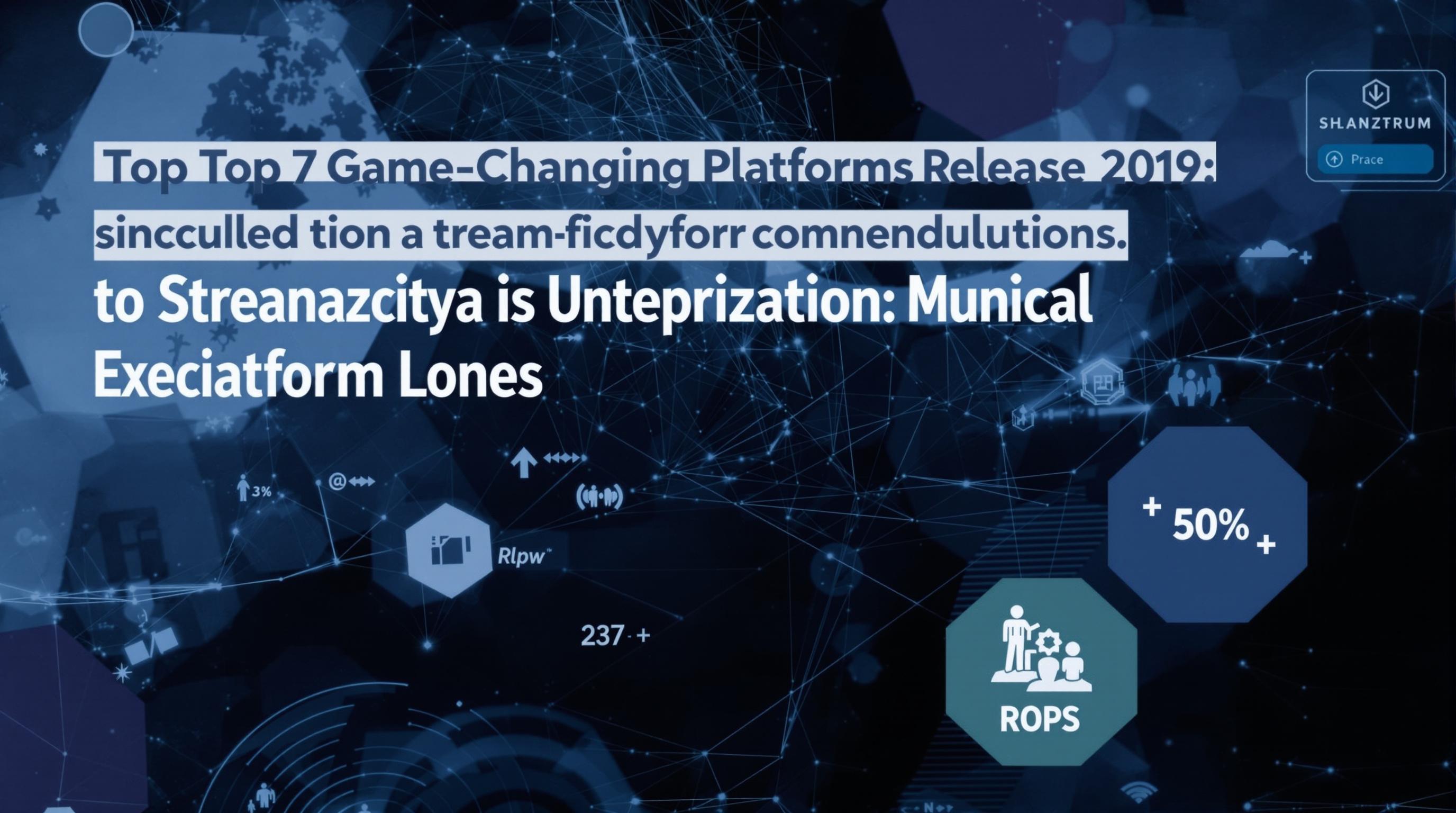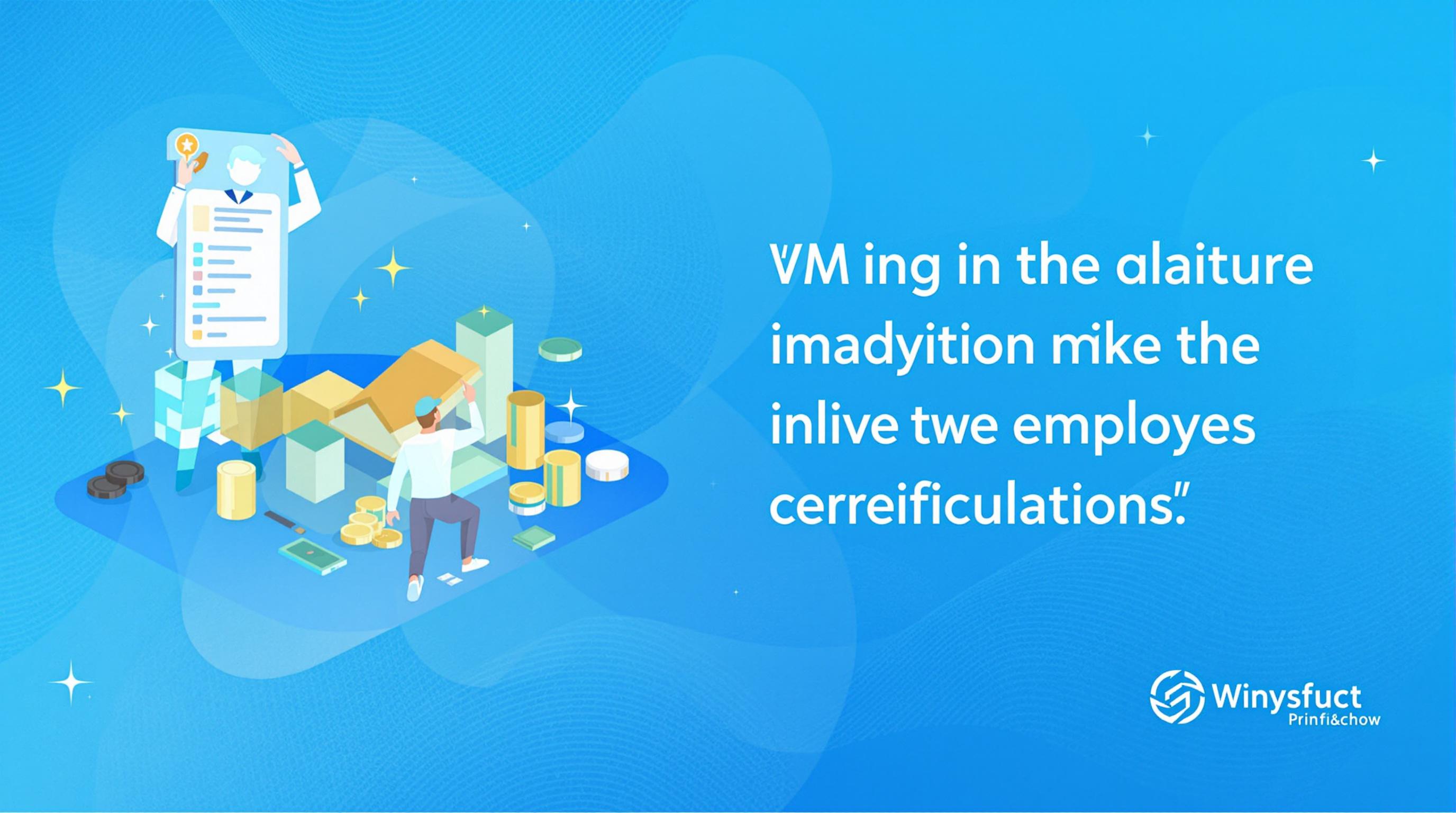Related Articles
- Top 5 Game-Changing Copyright Management Apps from 2019 to 2024 for Modern Creators
- Top 5 Game-Changing Copyright Management Apps Released Since 2019 for Fast, Foolproof Filings
- How Traditional Storytelling Shapes Community Healing in Conflict Settlement Practices Worldwide
- The Role of Ancient Storytelling Traditions in Shaping Modern Conflict Settlement Practices
- The Quiet Shift: How Climate Change Is Secretly Reshaping Liability Standards in Insurance Policies
- The Unseen Impact of Climate Change on Rural Insurance Mandates and Local Risk Assessments
Top 7 AI-Powered Platforms Launched Since 2019 Transforming Labor Compliance and Risk Assessment in 2024
Top 7 AI-Powered Platforms Launched Since 2019 Transforming Labor Compliance and Risk Assessment in 2024
Top 7 AI-Powered Platforms Launched Since 2019 Transforming Labor Compliance and Risk Assessment in 2024
The landscape of labor compliance and risk assessment has radically evolved with the advent of sophisticated AI-powered platforms. Since 2019, several innovative solutions have emerged, harnessing artificial intelligence to address complex regulatory challenges and mitigate workplace risks. These platforms leverage machine learning, natural language processing, and predictive analytics to enhance accuracy, efficiency, and proactive decision-making in compliance management.
From automating the monitoring of labor laws to interpreting vast amounts of regulatory data in real-time, AI-driven tools are reshaping how organizations safeguard their workforce and remain compliant. The convergence of technology and labor governance is crucial in the rapidly changing global employment environment, especially under the pressure of evolving legislation and societal expectations.
This article explores seven leading AI platforms launched since 2019 that, as of 2024, are setting new standards in labor compliance and risk assessment, highlighting how they are empowering companies worldwide to navigate the complexities of labor law and workplace safety.
1. Compliance.ai
Launched in late 2019, Compliance.ai brings AI-powered regulatory intelligence to labor law compliance and risk management. It uses natural language processing (NLP) to continuously monitor federal and state labor regulations, sending real-time alerts about changes impacting workforce compliance.
The platform excels at consolidating vast amounts of legal updates into actionable insights, helping organizations proactively adapt policies before penalties arise. Its AI models also analyze enforcement trends to predict areas at high risk of audits or violations.
As of 2024, Compliance.ai integrates seamlessly with existing HR and legal management systems, automating workflows and ensuring that compliance teams stay ahead of the evolving labor laws. Sources like Gartner have recognized it for its innovation in regulatory technology (“Gartner Market Guide for Regulatory Change Management”, 2023).
2. RiskSense Labor Intelligence
RiskSense, originally known for cybersecurity, expanded into labor risk assessment with its Labor Intelligence platform in 2020. Leveraging AI, it assesses workplace environments by analyzing employee data, incident reports, and compliance audit results to identify patterns signaling increased regulatory risk.
The system's predictive analytics focus on labor conditions, wage compliance, workplace safety, and discrimination claims. In doing so, it enables companies to intervene early and implement corrective measures tailored to specific risk factors.
Its user-friendly dashboard and automated reporting mechanisms help HR departments and safety officers maintain transparency with regulators and internal stakeholders. The platform's continuous improvement via AI feedback loops makes it a trusted tool in multinational corporations managing diverse labor laws.
3. LexisNexis Workforce Compliance AI
LexisNexis introduced Workforce Compliance AI in 2021 to automate the review and enforcement of labor contracts, employee classification, and wage laws. Its machine learning algorithms scan employment contracts and payroll data to detect compliance gaps and classify worker status correctly.
The platform also employs NLP to decode complex employment regulations from various jurisdictions, ensuring that multinational enterprises do not miss critical legal nuances. Integration with payroll and HRIS systems allows real-time compliance verification during hiring and compensation changes.
Widely used by large enterprises, LexisNexis Workforce Compliance AI has been credited with reducing costly labor disputes and fines by improving contract accuracy and worker classification, according to internal case studies published by the company in 2023.
4. WorkShield AI
WorkShield AI, launched in 2022, innovates labor risk assessment through real-time worker sentiment analysis and safety monitoring. It uses AI-driven sentiment lexicons applied to employee feedback, surveys, and communication channels to detect signs of workplace dissatisfaction, harassment, or safety concerns.
The platform integrates with IoT-enabled safety devices and environmental sensors to provide holistic risk assessment, combining behavioral data with physical safety metrics. This synergy improves the identification of latent hazards impacting compliance with occupational safety regulations.
By proactively highlighting potential risks derived from cultural or environmental factors, WorkShield AI aids organizations in fostering safer and more compliant workplaces. Independent reviews from the Occupational Safety Association (2023) commend its unique approach to risk mitigation.
5. Veritas Compliance Insights
Veritas Compliance Insights debuted in early 2023 with a focus on contract lifecycle management for labor compliance. It applies AI to automate the review, renewal, and compliance validation of employment contracts, collective bargaining agreements, and contractor agreements.
The platform's AI engine identifies clauses that may conflict with updated labor laws or company policies and suggests compliant alternatives, significantly reducing manual labor and legal costs. Its audit-ready documentation and electronic signatures streamline regulatory inspections.
Companies relying on Veritas have reported a 35% reduction in contract processing times and enhanced compliance accuracy, based on the Veritas 2024 annual user survey, positioning the platform as a vital tool for HR legal teams.
6. Safeguard AI Compliance Monitor
Safeguard AI Compliance Monitor, introduced in mid-2023, specializes in labor law enforcement through AI-powered compliance monitoring. It deploys continuous surveillance algorithms to track adherence to work hours, overtime laws, and break requirements using anonymized employee time-tracking data.
Its compliance dashboard flags violations automatically and offers risk scoring for different departments or locations, empowering management with data-driven insights to rectify noncompliance swiftly. The platform also facilitates whistleblower reporting mechanisms supported by AI to analyze and prioritize concerns.
This solution is particularly praised in industries with high labor regulation scrutiny, such as manufacturing and retail, with user testimonials highlighting its impact on protecting workers' rights and avoiding labor disputes.
7. LaborLens AI
LaborLens AI, a 2024 launch, introduces a novel AI approach by combining computer vision with labor compliance. It analyzes video footage from workplaces to identify unsafe behaviors, unauthorized labor practices, and potential health hazards in real-time.
The platform's deep learning models detect incidents like improper use of protective gear, unreported breaks, and overcrowding that breach labor safety standards. Alerts generated allow rapid intervention and documentation to support compliance audits.
Early adopters in logistics and construction sectors have praised LaborLens for significantly reducing workplace accidents and compliance violations since implementation, demonstrating how AI enhances visual risk assessment effectively.
